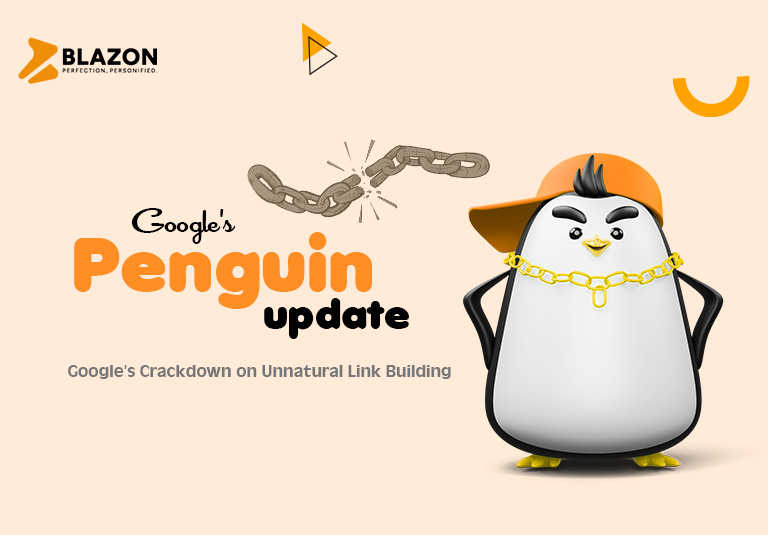Welcoming a Mobile World
In April 2015, the digital landscape braced itself for an event that was dramatically dubbed “Mobilegeddon.”
This was the day Google rolled out an update that would forever change the way websites were ranked in its search results.
The crux of the update? Mobile-friendliness.
As more people swapped their desktops for smartphones to surf the web, Google decided it was time for websites to follow suit or face the consequences.
Understanding Mobilegeddon
“Mobilegeddon” might sound like something out of a sci-fi movie, but it was Google’s way of ensuring a better browsing experience for the ever-growing number of mobile users.
This update enhanced the visibility of mobile-friendly pages in mobile search results. In essence, if your site was easy to navigate on a smartphone, you’d find yourself climbing the ranks.
If not, you risked being overshadowed by more mobile-friendly competitors.
The Impact of Mobilegeddon
The rollout of Mobilegeddon sent waves of panic and hustle through the world of website owners and SEO experts.
Sites scrambled to revamp their designs, ensuring their pages loaded quickly, buttons were thumb-friendly, and content was easily readable on smaller screens.
The term “responsive design” became the new mantra, emphasizing the importance of websites that could adapt seamlessly to any screen size.
Navigating the Post-Mobilegeddon Landscape
Surviving and thriving in a post-Mobilegeddon world meant embracing mobile optimization wholeheartedly. Here are a few key strategies that emerged as game-changers:
- Responsive Design: This approach allows your website’s layout to adapt to the size of the screen it’s being viewed on, providing an optimal browsing experience for all users.
- Speed Matters: Mobile users are often on the go, which means your site needs to load quickly to capture and retain their attention. Optimizing images, leveraging browser caching, and minimizing code are critical steps.
- Simplify Navigation: Ever tried clicking on a tiny menu link on a phone? It’s frustrating. Mobilegeddon pushed for simpler, more intuitive navigation to enhance user experience.
- Local SEO: With mobile searches often focused on finding nearby businesses or services, optimizing for local SEO became even more crucial.
The Legacy of Mobilegeddon
While the initial panic has subsided, the principles behind Mobilegeddon continue to influence how websites are designed and optimized.
Google’s push for a mobile-friendly web wasn’t just a one-time event, it was the beginning of a new standard.
Subsequent updates have only reinforced the importance of mobile optimization, making it clear that the mobile-friendly web is here to stay.
Embracing the Mobile Future
Today, designing for mobile isn’t just about surviving an algorithm update, it’s about providing a better experience for your audience.
As technology advances and mobile usage continues to rise, the principles ushered in by Mobilegeddon will remain relevant.
The future of the web is mobile, and success lies in embracing this shift, ensuring your content is accessible, engaging, and enjoyable for users on any device.
More Than Just an Update
“Mobilegeddon” may have started as a catchy nickname for a Google algorithm update, but it became a movement towards a more inclusive and user-friendly internet.
It reminded us that at the heart of SEO is the user experience, pushing the web towards designs that cater to the needs and habits of the modern user.
As we look back, Mobilegeddon wasn’t the end of the world—it was the dawn of a new era in digital accessibility.
By embracing mobile optimization, we’re not just complying with search engines, we’re opening our digital doors to everyone, everywhere, on every device.
And that’s a change worth celebrating.














